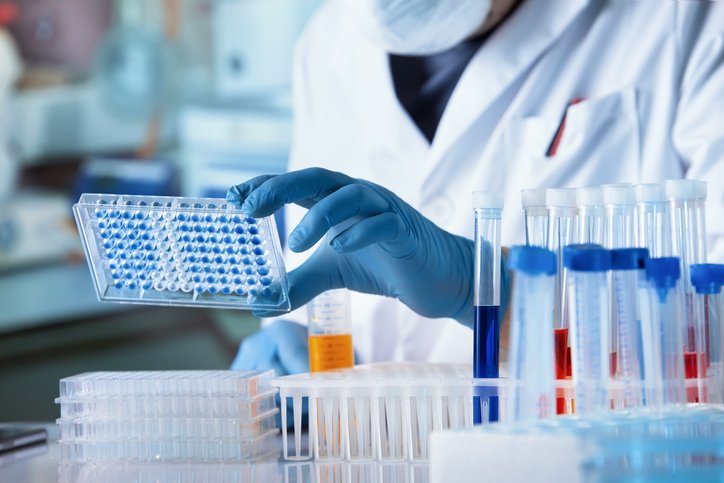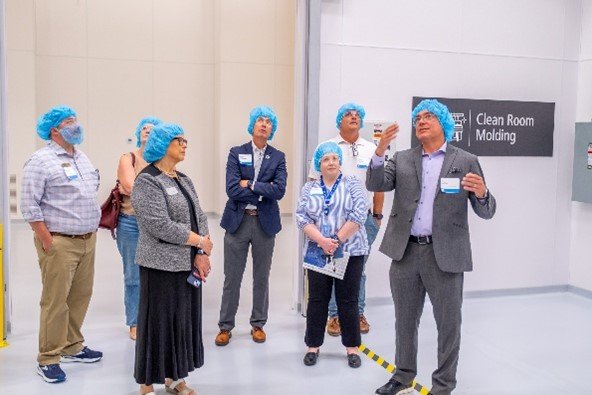A group of international researchers reports the availability of a new “map”’ of every gene, protein, and metabolic pathway required for a cell to efficiently secrete recombinant proteins. The team, led by Nathan E. Lewis, PhD, Georgia Research Alliance Eminent Scholar and professor of molecular cell biology at the University of Georgia says the resource—posted on bioRxiv—features 11,000 metabolic reactions occurring inside cells, involving 3,000 genes.
“If you want to understand a complex system and engineer and control it, you’ve got to have a parts list, a wiring diagram, and tools to analyze and engineer that system,” says Lewis.
The invention of CRISPR and DNA sequencing has provided tools for rapidly engineering CHO cells, he points out, along with a parts list. But, as he explains, “missing was a whole wiring diagram and, over the past 15 years, I’ve led several efforts to map out the biosynthetic machinery used to produce recombinant protein inside the cell.”
First of two resources
The new resource is the second to be produced through an international collaboration, according to Lewis. The first, released ten years ago, is used by both academia and industry.
“The whole process from mRNA transcription to protein synthesis, translocation, and shipping recombinant proteins outside the cell has been difficult to thoroughly characterize,” he continues. “What does a cell need once it has amino acids and nucleotides to assemble that protein and transport it. That’s what we’ve been thinking about and there’s been a couple of efforts to tease apart these questions.”
One of these is creating the resource, which is scheduled to be published soon in Cell Systems and provides information about genes and proteins responsible for every individual step from translation of the protein to secretion. Another is adapting a technique originally developed by the Francis Collins, MD, PhD, group at the NIH to work with secreted proteins and Fc-fusion proteins.
“Basically, that method allows you to take any cells, throw down an antibody and use some reagents to label everything in proximity to your antibody of interest,” notes Lewis. “That way, you can identify new proteins absolutely critical to allowing your recombinant protein to be synthesized and secreted, and to filter out the ones that are less relevant.”
The new technique can be combined with the “mapping”’ resource to identify relevant biosynthetic pathways associated with that protein.
The team says they have used these tools to find several proteins that seemed to be important for the production of the antibody-based cancer drug rituximab. By overexpressing these, they managed to improve the productivity of Chinese Hamster Ovary (CHO) clones, a cell type commonly used for antibody production.
Finally, Lewis, who is giving a keynote speech this week at the 17th Annual Bioprocessing Summit in Boston, says he will be talking about another study currently in review in PNAS. That research, in collaboration with KTH in Sweden, used machine learning to analyze 1,000 different proteins forming the entire human secretome to examine which cellular processes are associated with higher antibody production.
The post Mapping Out the “Everything” of Protein Secretion appeared first on GEN – Genetic Engineering and Biotechnology News.




